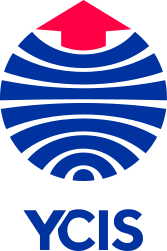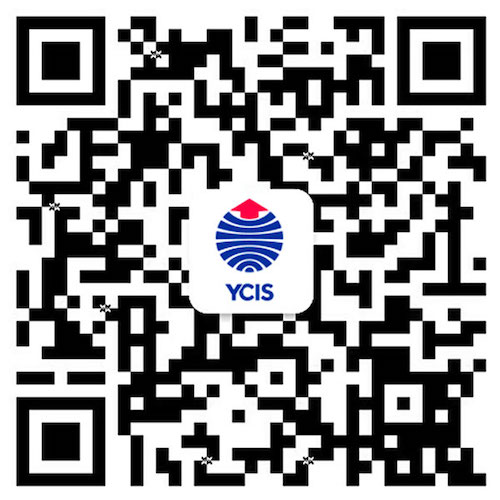Go Back
News
News
Phonics Teaching at YCIS Chongqing
News
31 Oct, 2019
10 : 00
Reading can change lives and YCIS Chongqing is committed to improving the teaching of reading. In the UK, Sir Jim Rose published a report (2006) on ‘An Independent Review of the Teaching of Early Reading’. This emphasised that beginner readers of English should be taught using a systematic approach to phonics as the prime means for teaching children to learn to read.
Phonics teaches children to read accurately and fluently with good comprehension. They learn to form each letter, spell correctly, and compose their ideas step-by-step. Teaching children to learn to develop their phonic skills, enhances their ability to read.
YCIS adopts a ‘synthetic phonics approach’ as a way of teaching reading. This approach ensures virtually all children will learn to read quickly and skillfully. Children are taught the correspondences between sounds (phonemes) and letters. They identify and blend different letter sounds and letter combinations together (‘synthesise’ them) to make a word. Through this, children take the first important steps in learning to read. They can also use this knowledge to begin to spell new words they hear.
Phonics is taught on a daily basis at YCIS in differentiated ability groups so that all student needs are effectively catered for. Teaching phonics supports the development of skills in reading and writing. Children learn the English alphabetic code, first they learn one way to read the 40+ sounds and blend these sounds into words, then learn to read the same sounds with alternative graphemes. This approach allows children to experience success from the very beginning. Enjoyable and exciting phonic books are closely matched to the students increasing knowledge and the children re-read these stories so their fluency increases.
The children write every day, rehearsing what they want to say, before spelling the words using the graphemes and the letter sounds, they know. Students also practice handwriting; they learn correct letter formation and how to join letters speedily and legibly.
In order to help parents understand our phonics programme, we will hold a series of workshops at school for parents to learn more about phonics so that they could provide further support to their child at home to develop their phonological awareness and understanding.
--By Ian Ward, Head of Primary
















